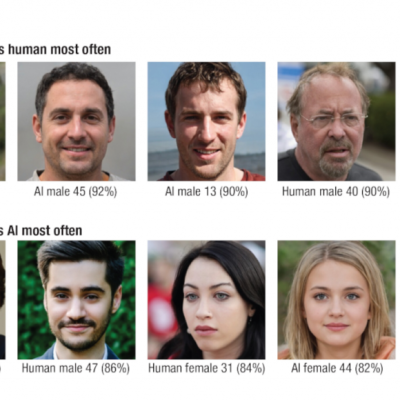The human brain is capable of impressive feats. It can react to spontaneous actions in seconds and trigger a corresponding impulse. Compared to computer technology, this happens with significantly less effort. Some researchers have now taken advantage of the impressive performance of the organic brain in nanotechnology. In Dresden, Germany, researchers at the Helmholtz Center Dresden-Rossendorf (HZDR) have copied the structures and performance of the brain using semiconductor materials to solve the problem of the trend towards miniaturization in computer technology. The physicists have developed an artificial neurotransistor, which has proven to be advantageous in that information is captured, processed, and stored in one place, just like the human brain. The theoretical idea will now be put into practice by applying a polymer that resembles porous ceramics to a silicon wafer that houses the circuits.
The system can achieve a similar learning effect to that of a human through this complex process. Robots that use this system can learn to handle delicate objects more gently, for example. However, a more targeted or precise approach with this chip is still unlikely. The research team is currently prioritizing the artificial learning effect, which has strong similarities to the human brain.
The trend towards miniaturization in computer technology has led to a demand for increasingly powerful computing capabilities. However, due to their small size, computer technology is slowly but surely reaching its limits. The researchers at HZDR have taken inspiration from the human brain to solve this problem. By copying the structures and performance of the brain using semiconductor materials, they have developed an artificial neurotransistor. This new architecture has proven to be advantageous in that information is captured, processed, and stored in one place, just like the human brain. The theoretical idea will now be put into practice by applying a polymer that resembles porous ceramics to a silicon wafer that houses the circuits. Through this complex process, the system can achieve a similar learning effect to that of a human. Robots that use this system can learn to handle delicate objects more gently, for example. However, a more targeted or precise approach with this chip is still unlikely. The research team is currently prioritizing the artificial learning effect, which has strong similarities to the human brain.










